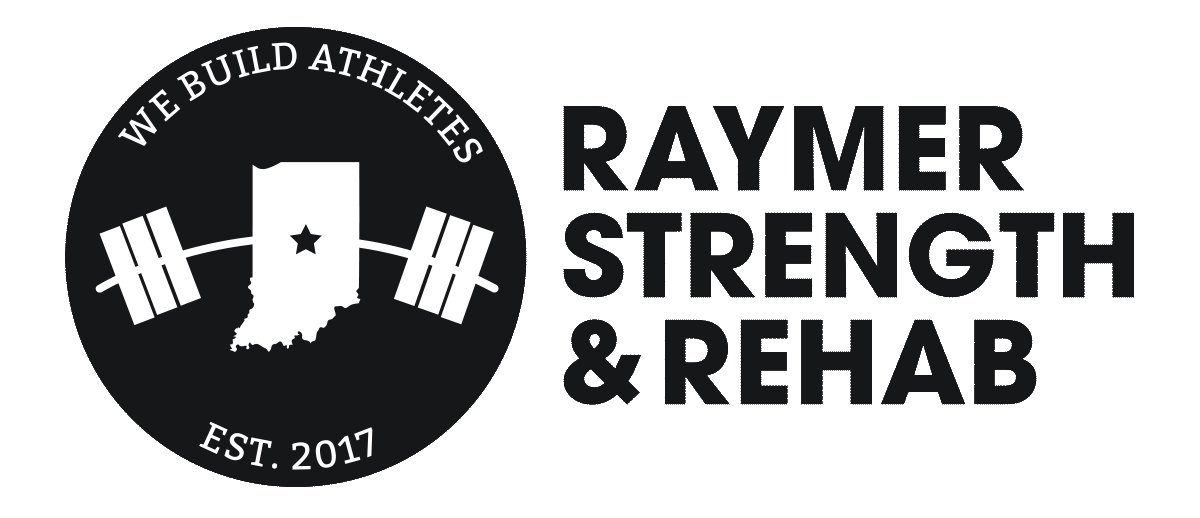New Dashboard: Tracking Softball Pitch Count vs. Recovery
Emma Bailey (North Central HS ‘22) pitching during her senior season. Follow her on Twitter.
Photo courtesy of Julie L. Brown Photography.
Last year, we started sharing our deep dives into the available sports science research on softball pitchers after some of our athletes reported unusual strain during the high school season.
As strength coaches, it’s our #1 goal to help our athletes be as healthy as possible to keep them playing the game as long as possible.
The myth that the windmill pitch is a “more natural motion” is still something that we’re battling. Contrary to the myth, research has proven that the windmill pitch is just as hard on the body as the overhand pitch. Multiple published studies suggest that cumulative softball pitch count volume without adequate recovery has a direct affect on reported pain and strain.
We’ve modified our strength and conditioning training for our pitchers as a result of our research reviews. We’re tracking their self-reported pitch counts and their strain and recovery to give them personalized insights on what their bodies can handle.
But today, we’re excited to share a new tool for analysis and monitoring that we’ve pushed to our pitchers with the help of our partners at CoachMePlus. They got into the weeds with us and created several custom charts.
Let’s show you a little bit of work going on “under the hood” at Raymer Strength.
New Pitcher Dashboards Tour
Pitch Count vs. Recovery Chart
“Pitch Count vs. Recovery” Chart
The NEW Pitch Count vs. Recovery chart aggregates two pieces of survey data together:
Pitch Count Volume (royal blue bar graph)
Recovery Score (plot line)
As long as our athletes are filling out their survey data, we’ll be getting a clearer picture of how their body reacts to certain pitch counts over time in a visual way.
This is a huge step forward for us. Now, we don’t have to juggle back-and-forth from several different data views. And with more data, we’ll be able to really see what’s happening with our pitchers.
The upcoming high school season and summer travel season should be really interesting. 👀
Body vs. Past 30 Days and Pain and Soreness Charts
“Body vs. Past 30 Days” Charts
Below the new pitch count and recovery chart is a 30-day aggregate view of soreness and/or pain levels in specific body regions, with individual data by date.
This part is a helpful snapshot - especially the individual days’ report on the right hand side. We can go investigate specific days following high pitch counts to see where they are feeling strain.
Daily Recovery Survey Report
Daily Recovery Report
These daily recovery surveys are a part of CoachMePlus’s out of the box tools, and this self-reported data is what is aggregated into the above Pitcher Charts.
Athletes indicate where on their body they are feeling soreness or pain. They then answer a series of questions about their sleep, nutrition, and their general feeling of recovery.
All of our athletes, regardless of sport and position, fill out these surveys. Before training, our coaches glance over these results to see if they need to adjust any of the strength and conditioning training programs.
However, as amazing as these surveys are, they never replace us actually talking to our athletes. There can be a lot going on in their lives mentally and emotionally that could change how we approach their training sessions.
Data Limitations
We have two limitations when it comes to accurately evaluating trends.
Data Consistency: Athletes don’t always fill out their surveys. Some are crazy consistent, and others fill out some surveys but not others. This impacts our sample size.
Invisible variables: We aren’t tracking other activities, like team practices, school workouts, or other sport activities. These things could influence strain and recovery data outside of pitch counts.
The “invisible variables” will be minimized during the official high school season and the summer travel season. As such, we anticipate being able to analyze a cleaner data set between March and July this year.
Coach J coaching up three softball athletes about a training principle.
What’s Next
We’ll monitor these dashboards to identify trends regarding their workloads and their reported strain. We’ll share these trends with the softball community and with fellow industry performance professionals. It’s our hope that sport scientists will jump on this information and create studies around it to validate our trends with better methods and sample sizes.
In the meantime, we’ll work with our pitchers to understand their own body’s response to certain workloads and recovery intervals. Athletes will get exactly what they put into it. If they fill out their surveys consistently, they’ll have meaningful reports that could change their training approach. They’ll be able to show their personal dashboards to their parents, pitching instructors, and coaches to advocate for themselves.
And maybe, just maybe, coaches will start to realize the negative impact of high cumulative pitch counts and small recovery intervals for their players. And maybe, just maybe, this will lead to changes in the sport that will positively impact player health and safety.
Because… it’s time for enforced pitch counts.
Interested in training with us?
We offer in-person strength and conditioning (and speed/agility) training at our facility on the northeast side of Indianapolis. We also offer remote training across the country.





